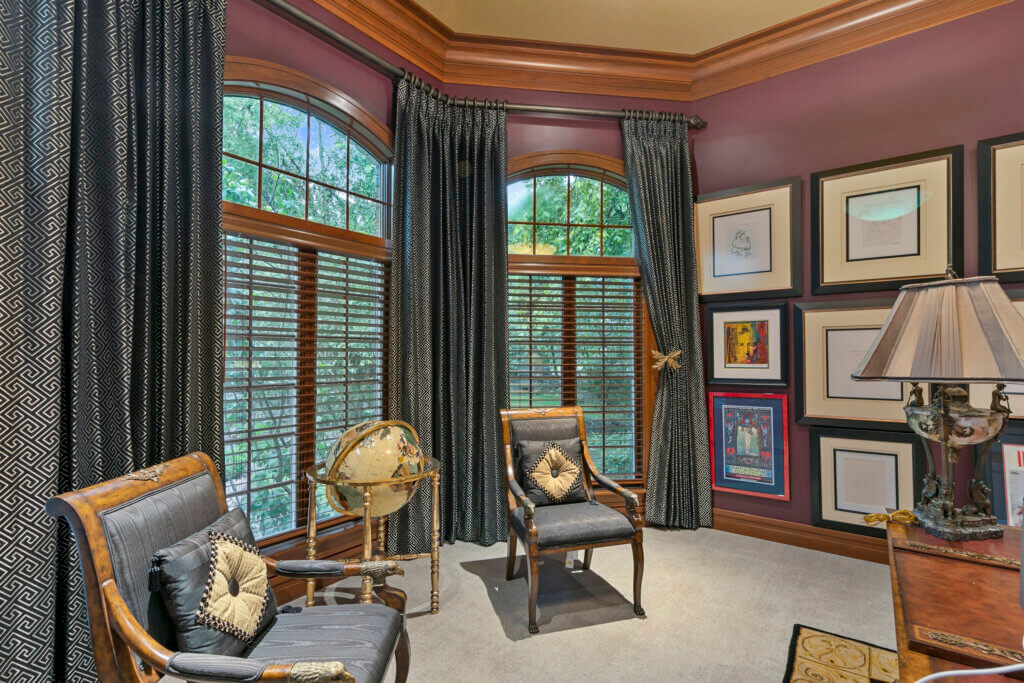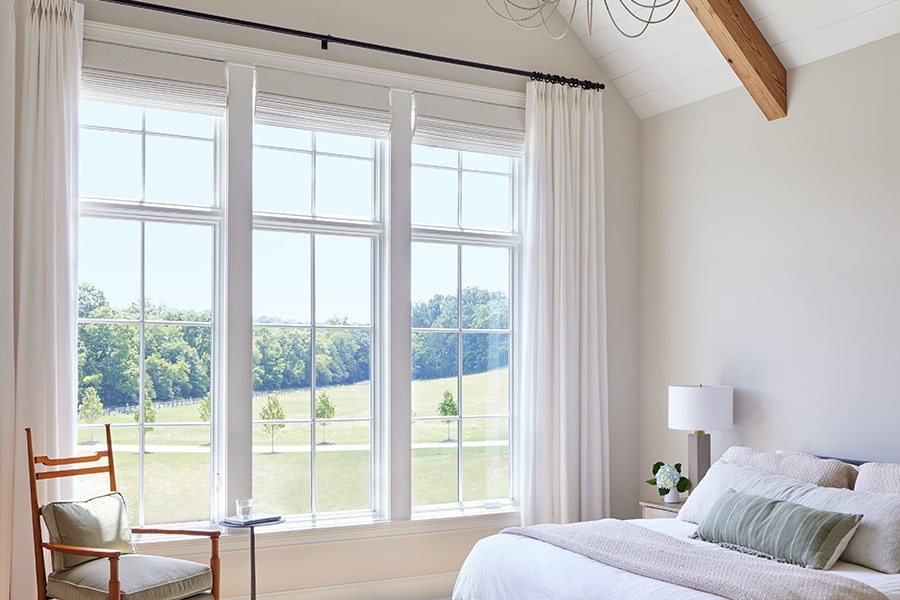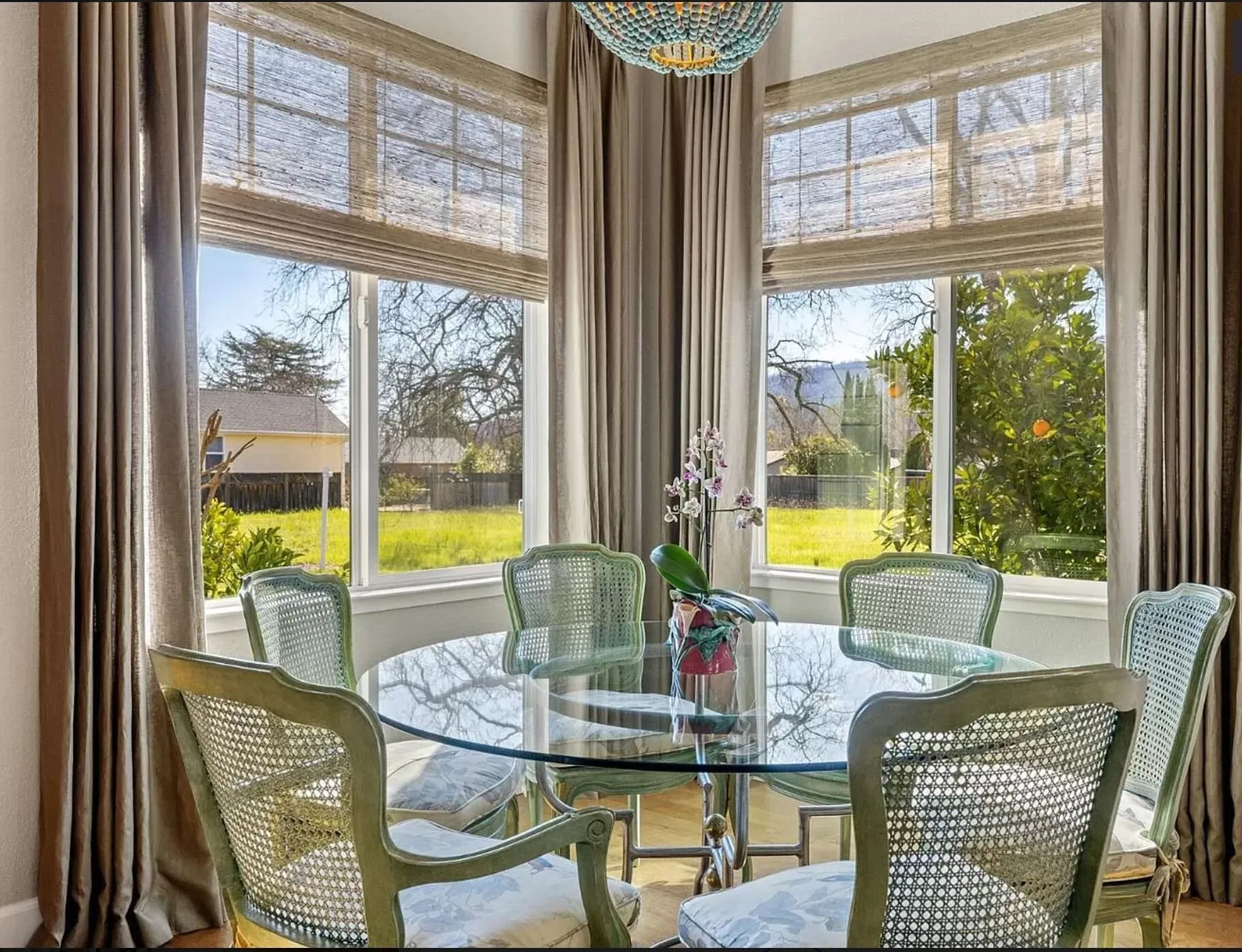The Ultimate Guide to Blinds: Types, Benefits, and Choosing the Right Suitable For You
The globe of home window therapies is vast and differed. Blinds can be found in various styles, each offering unique benefits for various settings. Comprehending these alternatives is important for making notified decisions. Additionally, elements like product option and space capability play a considerable duty. As one takes into consideration the ideal equilibrium in between appearances and usefulness, the nuances of gauging and maintaining blinds likewise arise as crucial elements. What should one prioritize when choosing the suitable window remedy?
Sorts of Blinds: A Thorough Summary
Blinds act as both functional and aesthetic elements in indoor design, offering numerous choices to match diverse choices and needs. Among one of the most preferred types are Venetian blinds, characterized by straight slats that can be changed for light control and privacy. Roller blinds, understood for their simpleness and convenience, come in a range of patterns and materials, making them appropriate for modern and traditional settings. Upright blinds, generally made use of for bigger windows or sliding doors, allow for simple change and are often made from textile or vinyl.
Roman blinds, with their elegant folds, add a touch of refinement to any kind of room, while mobile tones offer insulation and energy effectiveness. In addition, bamboo blinds offer an all-natural, green choice, instilling areas with warmth. Each type has one-of-a-kind features and styles, guaranteeing homeowners can find the best suitable for their certain décor and functional needs.
Benefits of Installing Blinds in Your Home
The setup of blinds in a home supplies several considerable advantages. They provide boosted privacy control, enabling homeowners to regulate visibility from the exterior. In addition, blinds add to power effectiveness by assisting to take care of interior temperature levels, reducing the reliance on home heating and cooling down systems.
Enhanced Privacy Control
When property owners seek to enhance their space, installing blinds provides a considerable benefit in personal privacy control. Blinds supply a versatile solution for managing visibility from both the exterior and interior of the home. By readjusting the slats or elevating the blinds, people can conveniently handle the quantity of light entering while simultaneously blocking the view from outdoors. This versatility allows property owners to produce a comfortable environment without sacrificing natural light. Additionally, various styles and products are offered, ensuring that home owners can choose choices that flawlessly blend with their decor while enhancing privacy. Inevitably, the setup of blinds serves as an efficient means to secure individual room, motivating leisure and satisfaction within the home atmosphere.
Power Effectiveness Enhancement
Mounting blinds not only boosts privacy but likewise substantially adds to power effectiveness in the home. By controling all-natural light and minimizing heat transfer, blinds can assist keep a consistent interior temperature level. During warmer months, closing blinds can shut out too much sunlight, consequently decreasing the dependence on cooling. On the other hand, in cooler months, they can offer insulation by capturing warm, decreasing home heating prices. Additionally, energy-efficient blinds, such as mobile shades, are created especially to decrease energy loss. By spending in high quality blinds, homeowners can produce a more comfy living setting while additionally reducing power bills. Ultimately, the installment of blinds serves as a sensible remedy for those seeking to boost both convenience and energy performance in their homes.
How to Pick the Right Blinds for Each Room
Just how can one figure out one of the most suitable blinds for each room in a home? The choice process starts with evaluating the room's objective and atmosphere. For circumstances, in living locations, flexible blinds that permit light control while making sure privacy are suitable. In bed rooms, blackout blinds can enhance sleep quality by blocking out outside light.
Shower rooms and cooking areas call for moisture-resistant choices to endure moisture, making plastic or synthetic timber blinds ideal choices. In addition, the preferred visual plays a vital duty; collaborating blinds with the area's style improves the overall ambiance.
Consider the quantity of all-natural light each area obtains; lighter blinds may be more suitable for dark rooms, while darker options can include warmth to sunlit spaces. Ultimately, recognizing specific needs and preferences for performance and design will certainly lead house owners in making educated choices customized to each space's distinct demands.
Product Options: Wood, Vinyl, Fabric, and More

Wood Blinds Conveniences
Timber blinds are a prominent option among house owners looking for a blend of visual appeals and performance. One considerable benefit of timber blinds is their natural appeal, using a warm and welcoming look that improves any indoor decoration. They are readily available in different finishes and shades, permitting modification to match personal design. Furthermore, wood blinds provide superb light control and privacy, as their slats can be conveniently changed to filter sunlight while preserving privacy. Their resilience is another benefit; with appropriate care, timber blinds can last for years without losing their allure (Phoenix shades installation). They have shielding homes, helping to manage indoor temperatures and potentially lowering energy costs. Generally, timber blinds merge sophistication and practicality, making them an optimal choice for lots of families
Plastic Durability Features
Vinyl blinds attract attention for their extraordinary toughness, making them a useful option for different atmospheres. These blinds are resistant to wetness, making them excellent for locations such as cooking areas and restrooms where moisture can be an issue. Unlike wood, plastic does not warp, split, or discolor under sunshine, making sure resilient efficiency and marginal upkeep. Furthermore, they are readily available in a variety of colors and designs, allowing homeowners to tailor their look without giving up sturdiness. Plastic blinds are also easy to clean; an easy clean with a moist towel is commonly adequate to keep them looking fresh. On the whole, their strength and low maintenance make vinyl a favored alternative among house owners looking for both performance and aesthetic charm.

Fabric Alternatives Overview
Blinds are available in a range of textile options that cater to different visual and functional demands. Common materials consist of fabric, vinyl, and timber, each offering special benefits. Timber blinds provide a traditional, cozy aesthetic and superb insulation however call for upkeep to prevent bending. Vinyl blinds are moisture-resistant and resilient, making them ideal for high-humidity areas like bathrooms and cooking areas. Fabric blinds, available in various colors and patterns, supply flexibility and softness, enhancing home decoration while giving differing levels of light filtering. In addition, alternatives like fake timber supply the look of all-natural timber with added sturdiness. When picking blinds, it is critical to examine the particular needs of each room to ensure peak performance and style.
Determining and Setting Up Blinds: Tips for Success
Although gauging and installing blinds might seem straightforward, mindful focus to information is necessary for accomplishing an ideal fit. First, it is vital to measure the home window frame accurately, noting both the width and elevation. For within mounts, subtract a percentage from the size to guarantee a tidy fit, while outside installs need to expand past the frame for much better light control and aesthetic appeals. Making use of a steel tape procedure is advised for precision.
When installing, collect all necessary tools, such as a degree, drill, and screws. Complying with the producer's directions is critical to guarantee appropriate installment. It is recommended to pre-drill holes to stop harming the brackets. Furthermore, having a second individual can make the procedure smoother, specifically when raising heavier blinds. After setup, test the blinds to verify they operate smoothly and change as required for maximum performance.
Maintenance and Care for Long-Lasting Blinds
Appropriate maintenance and care can considerably prolong the life-span of home window treatments. Regular cleaning is essential; using a soft towel or a microfiber duster can successfully get rid of dirt without scraping surfaces. For much deeper cleansing, a mild option of soap and water is advised, used with a soft sponge, assuring that no moisture seeps into the mechanisms.
For material blinds, area cleaning is recommended, while wood blinds need to be treated with a wood-safe cleaner to preserve their finish. Stay clear of exposing blinds to excessive moisture, warm, or direct sunshine, which can cause warping or fading.
In addition, regular evaluation of cables and systems can stop wear and tear. It's browse around here smart to adhere to producer standards for specific materials, as various blinds may have distinct care needs. By embracing these simple maintenance methods, property owners can assure their blinds stay practical and visually pleasing for several years to come.
Often Asked Questions
Can Blinds Aid Reduce Energy Expenses in My Home?
Blinds can properly minimize power costs in a home by supplying insulation, obstructing heat during summer season, and retaining heat in winter. Their capability to regulate light and air circulation improves power performance throughout the year.
Exist Child-Safe Options for Blinds?
Yes, there are child-safe choices for blinds. These include cordless designs, retractable cables, and safety and security tools that remove dangling cords, guaranteeing a protected setting for children while keeping performance and aesthetic charm in homes.

Just How Do Blinds Compare to Drapes or Tones?
Blinds generally supply much more accurate light control and room efficiency than drapes or tones. Phoenix drapes. They are typically easier to maintain and clean, while drapes give a softer aesthetic, and shades can use differing insulation benefits
Can I Personalize the Design And Color of My Blinds?
Yes, blinds can be personalized in both design and color. Numerous suppliers offer a wide variety of choices, enabling clients to choose products, patterns, and colors that fit their personal aesthetic and home design.
What Is the Typical Life Expectancy of Various Kinds Of Blinds?
The typical life expectancy of blinds varies: timber blinds last 5-10 years, faux wood 7-10 years, light weight aluminum 5-10 years, and kitchen blinds textile shades around 5 years, depending on maintenance, exposure, and usage to sunlight.
Restrooms and kitchen areas require moisture-resistant alternatives to hold up against moisture, making vinyl or synthetic timber blinds ideal selections. Timber blinds use natural charm and warmth, while plastic gives durability and ease of upkeep. One substantial advantage of timber blinds is their all-natural charm, offering a cozy and inviting appearance that boosts any type of interior decor. Furthermore, wood blinds supply exceptional light control and personal privacy, as their slats can be quickly adjusted to filter sunshine while keeping privacy. For fabric blinds, place cleaning is advisable, while wood blinds must be treated with a wood-safe cleaner to keep their finish.